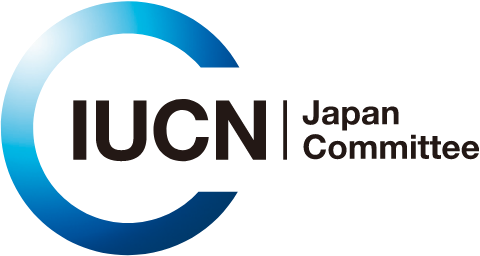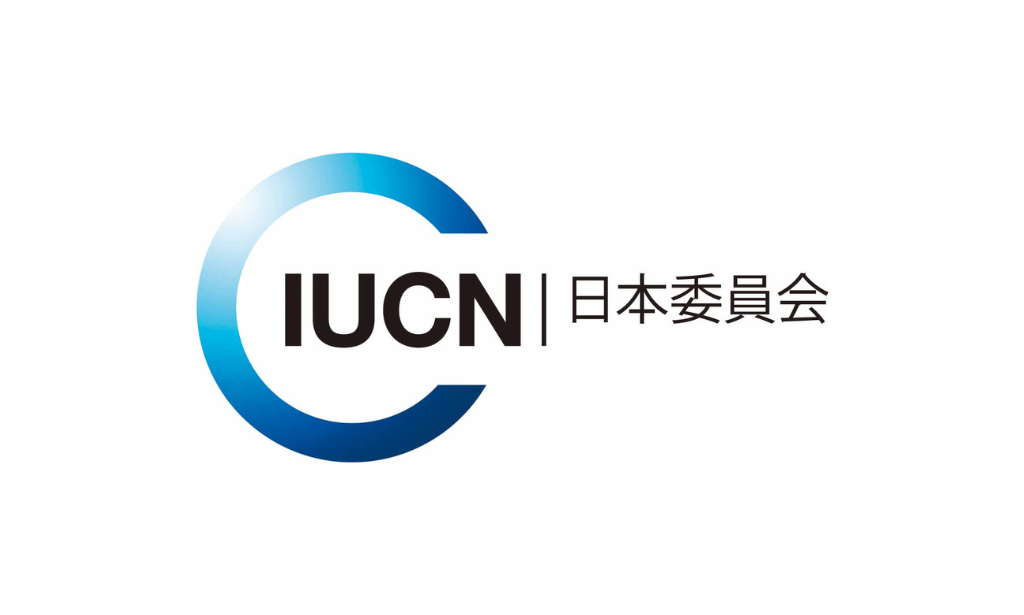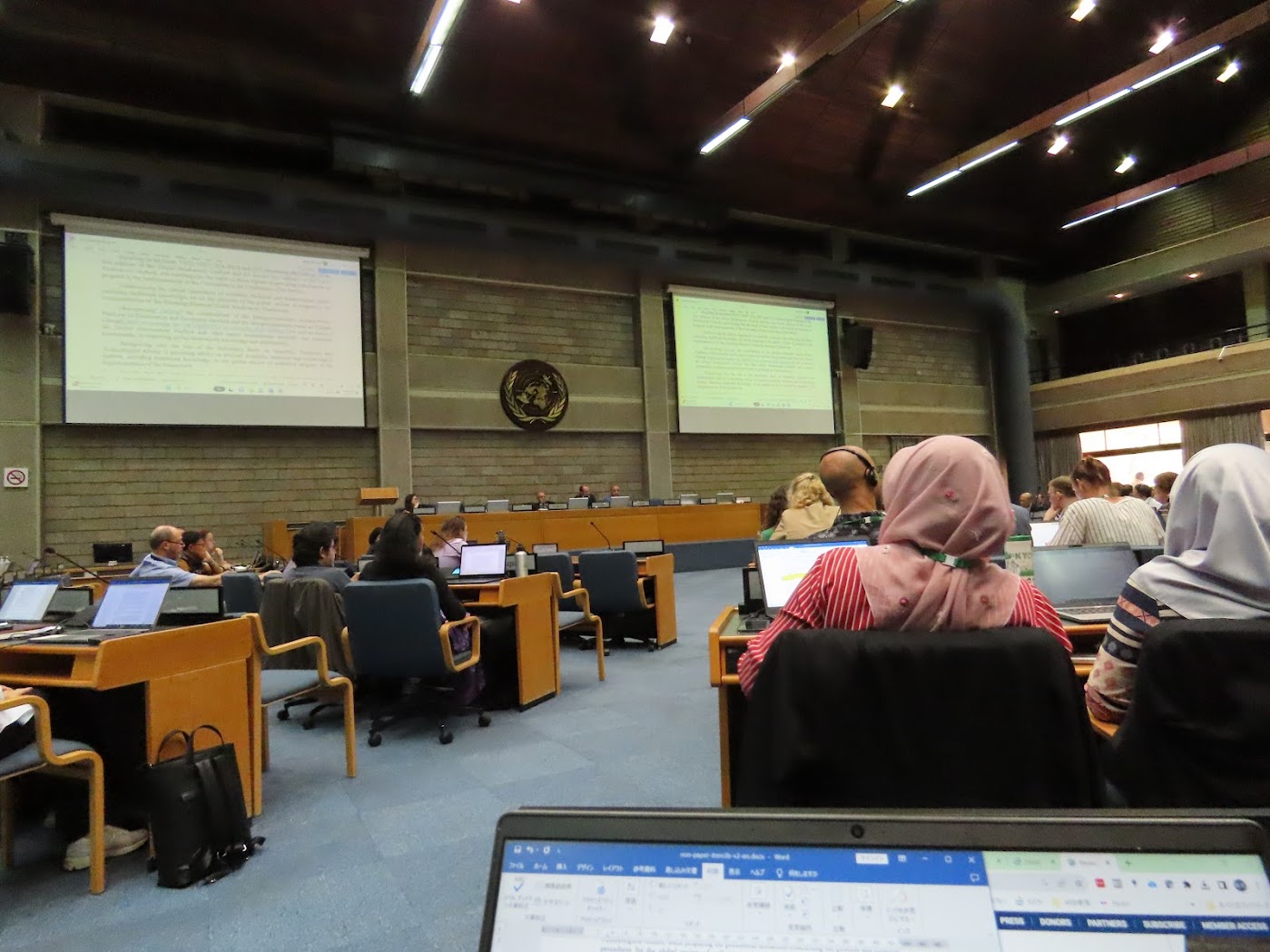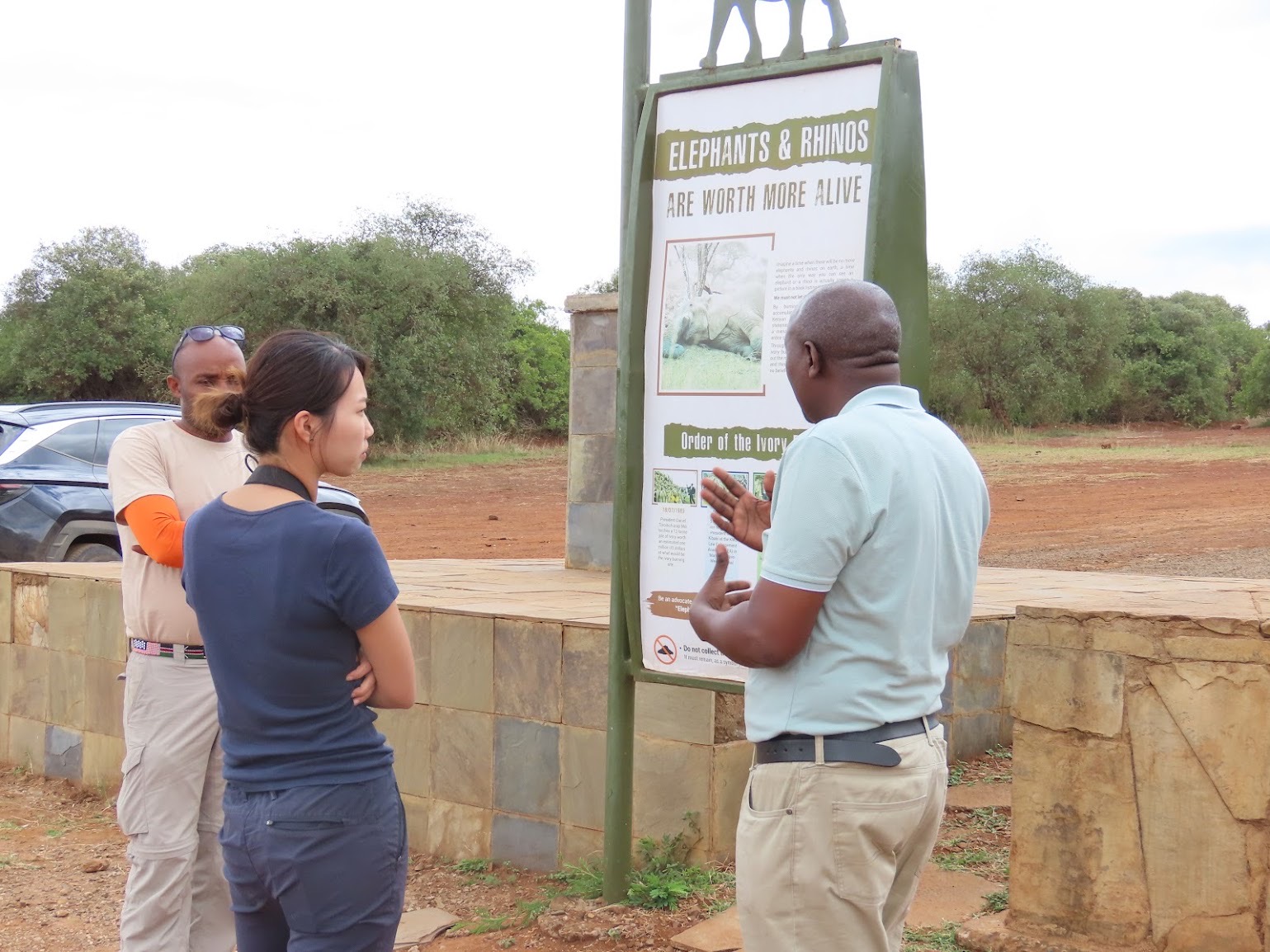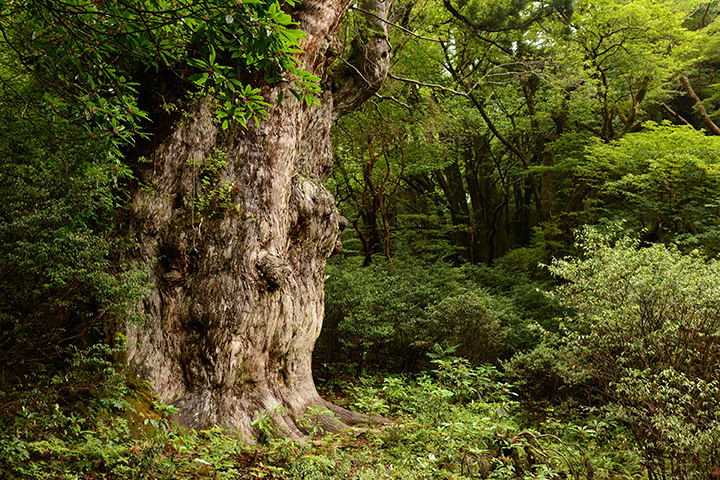
サイドイベント報告:「昆明-モントリオール世界生物多様性フレームワーク – コミットメントから効果的な生態系復元へ」
2023年10月16日13:15にナイロビで予定されていたサイドイベント「昆明-モントリオール世界生物多様性フレームワーク(KMGBF)ターゲット2」は、実行可能な生態系復元への移行というテーマについて議論されました。
KMGBFのターゲット2は「2030年までに少なくとも30%の劣化した地域を復元する」ことを目指しています。イベントでは、この目標を達成するために、イニシアチブの見直し、復元計画の策定、進捗の透明なモニタリングなど、様々な課題を探求しました。
統合的アプローチ
イベントでは、生物多様性条約(CBD)の森林および生物多様性担当官であるJamal Annagylyjova氏によって提起された重要な問題の1つは、KMGBFターゲットを達成するための統合アプローチの重要性でした。スピーカーは、これらのターゲットを孤立してではなく、他の目標と連携して考えるべきだと提案しました。このホリスティックな視点は、生物多様性を考慮した空間計画、保護地域、持続可能な農業、および都市計画を必要とします。
しかし、これらのターゲットの達成は、法的および政策的枠組みに依存しており、執行、土地所有権、先住民と伝統的な領土の統合における課題が存在しています。そのため、国の高レベルでの横断的な調整の必要性が強調され、統一されたアプローチが必要であることが強調されました。最後に、スピーカーは、KMGBFターゲットを気候変動や土地劣化中立性に関連する他の環境および持続可能性へのコミットメントと調和させる重要性を強調し、生態系復元における世界的な努力を提唱しました。
生態系モニタリングの枠組み
国連食糧農業機関(FAO)の国家森林監視のチームリーダーのJulian Fox氏は、特にUN Decade on Ecosystem Restoration (UN生態系復元の10年)とKMGBFターゲット2に沿った、最近の世界的な生態系復元努力の進歩について強調しました。
さまざまな当事者間の継続的でダイナミックなコラボレーションを促進するために、スピーカーは生態系復元モニタリングのフレームワーク(FERM)[1]の重要性を強調しました。このフレームワークは、既存の国際的、地域的、および国家的な報告プロセス、それらの目標、ターゲット、基準、および指標を補完し、さまざまなステークホルダーがデータ、方法論的ガイダンス、および生態系復元のモニタリングツールにアクセスできるツースを提供しています。
FERMには、復元活動レジストリ、地理空間プラットフォーム、および良い実践のリポジトリが含まれています。FERMの主要なテーマは相互運用性であり、さまざまな復元プラットフォームからのデータを単一のアクセス可能なグローバルデータベースに統合することを目指しています。
パネルディスカッション
パネルでは、いくつかの重要な問題が取り上げられました。元CBD(生物多様性条約)事務局長のBraulio de Souza Dias氏は、「異なる専門家、機関、国々がさまざまな理解を持っている場合、劣化の定義についてどのように一致点を見つけることができるのか?」と質問しました。
劣化の定義の複雑さが認識され、それが生態系や復元の意図によって異なることが認められました。定義は各国自身から出発する必要があるかもしれないという回答でした。
もう1つの質問は、「リモートセンシングやAIのような技術は、復元努力の監視にどのように使用されているのか?」でした。これに対し、Julian Fox氏は、復元はリモートセンシングを使用して監視するのが難しいと説明しました。なぜなら、復元はゆっくりと進行するからです。多くのデータは、地上の情報源から来る必要があり、復元を実施する者が自ら調査し、データを収集することになるでしょう。
ナイロビSBSTTA 25でのサイドイベント「昆明-モントリオール世界生物多様性フレームワーク(KMGBF)ターゲット2」での議論は、国々が法的枠組みを採用し、セクター間の調整に参加し、そして自らの復元目標をより広範な環境および持続可能性へのコミットメントと調和させる必要性を強調しました。このイベントは、技術、政策、国際協力を活用した生態系復元に向けた統一されたグローバルな努力を呼びかけるものでした。
[1]: Framework for Ecosystem Restoration Monitoring (FERM), https://data.apps.fao.org/ferm/?lang=en, accessed 2023/10/16

Side event report: Kunming-Montreal Global Biodiversity Framework Target 2 – from commitments to effective ecosystem restoration
The side event, ‘Kunming-Montreal Global Biodiversity Framework Target 2,’ scheduled for 13:15 on 16th October 2023 in Nairobi, was dedicated to transitioning from global commitments to actionable ecosystem restoration. To achieve the Kunming-Montreal Global Biodiversity Framework (KMGBF) Target 2, which involves restoring at least 30% of degraded areas by 2030, the event explored the needs of the countries to reviewing initiatives, developing restoration plans, and ensuring transparent progress monitoring.
One critical issue raised at the event by Jamal Annagylyjova, the Forest and Biodiversity Officer at the Convention on Biological Diversity (CBD), was the importance of an integrated approach to achieving KMGBF targets. The speaker suggested these targets should not be viewed in isolation but rather in conjunction with other objectives. This holistic perspective necessitated biodiversity-inclusive spatial planning, protected areas, sustainable agriculture, and urban planning. However, the achievement of these targets depended on a robust legal and policy framework, with challenges identified in enforcement, land tenure, and the integration of indigenous and traditional territories. The need for high-level, cross-sectoral coordination within national working groups was emphasized, underscoring the necessity for a unified approach. Finally, the speaker stressed the importance of aligning KMGBF targets with other environmental and sustainability commitments, including those related to climate change and land degradation neutrality, advocating for a cohesive global effort in ecosystem restoration.
Julian Fox, who leads the national forest monitoring team at the Food and Agriculture Organization (FAO), highlighted recent advancements in global ecosystem restoration efforts, especially those aligning with the UN Decade on Ecosystem Restoration and KMGBF Target 2. To facilitate ongoing, dynamic collaboration among diverse parties, the speaker emphasized the importance of the Framework for Ecosystem Restoration Monitoring (FERM) [1]. This framework complements existing international, regional, and national reporting processes, their goals, targets, criteria, and indicators by offering a common umbrella under various stakeholders can access data, methodological guidance, and tools for monitoring ecosystem restoration. FERM encompasses a restoration activity registry, a geospatial platform, and a repository of good practices. A key theme of FERM is interoperability, with the aim of unifying data from various restoration platforms into a single, accessible global database.
Several critical questions were addressed by the panel. Former CBD Executive Secretariat, Braulio de Souza Dias, asked, ‘How can there be a convergence on the definition of degradation when different experts, agencies, and countries have varying understandings?’ The complexity of defining degradation was acknowledged, with the recognition that it varies depending on the ecosystem and the intent of restoration. It was suggested that definitions might need to originate from the countries themselves. Another question posed was, ‘How is technology, like remote sensing and AI, being used in monitoring restoration efforts?’ In response, Julian Fox explained that restoration is challenging to monitor using remote sensing because it occurs slowly. Much of the data will need to come from on-the-ground sources, with restoration implementers geolocating their efforts.
The discussions in the side event, ‘Kunming-Montreal Global Biodiversity Framework Target 2’ in Nairobi SBSTTA 25 underscored the imperative for countries to adopt robust legal frameworks, engage in cross-sectoral coordination, and align their restoration goals with broader environmental and sustainability commitments. The event served as a call for a unified, global effort in ecosystem restoration, leveraging technology, policy, and international cooperation.
[1]: Framework for Ecosystem Restoration Monitoring (FERM), https://data.apps.fao.org/ferm/?lang=en, accessed 2023/10/16.
Intern at Japan Committee for IUCN
Danmeng CAI
